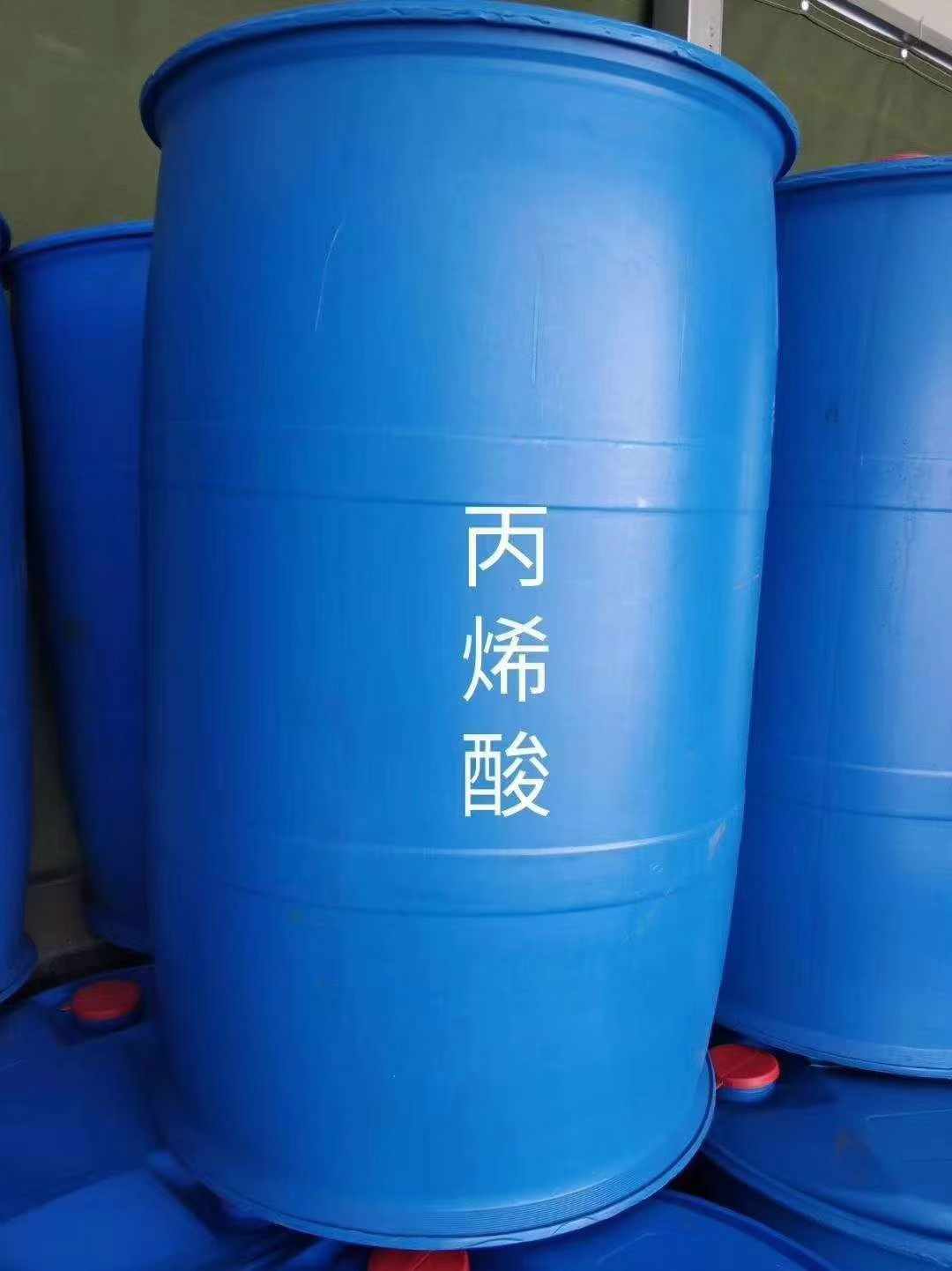

Acrylic acid
Advantages
Chemical Advantages
Easy to Polymerize: Acrylic acid can easily form polymers, which is useful for making many types of plastic materials.
Versatile Functional Group: The carboxyl group makes it reactive and able to bond with other substances.
Physical Advantages
Good Solubility: It dissolves well in water and many other solvents, making it easy to use in different applications.
Stable at High Temperatures: It can withstand high temperatures without breaking down.
Description
Chemical Properties
Molecular Structure: Acrylic acid has the molecular formula C₃H₄O₂, containing a carbon-carbon double bond (C=C) and a carboxyl group (-COOH).
Reactivity:
Polymerization Capability: The double bond allows it to undergo polymerization reactions to form polymers such as polyacrylic acid and its esters (e.g., methyl methacrylate), which are widely used in plastics and resins.
Carboxyl Group Reactivity: The carboxyl group gives it typical acidic properties, enabling it to react with bases and undergo esterification with other compounds.
Applications
Industrial Uses:
Polymer Production: It is a key raw material for producing polyacrylic acid and its esters (e.g., polymethyl methacrylate, also known as Plexiglas).
Surface Coatings: Used in the manufacture of paints, coatings, and inks, providing good adhesion and weather resistance.
Adhesives and Sealants: Used to produce high-performance glues and sealing materials for construction, automotive, and packaging industries.
Water Treatment: Used to produce water treatment agents such as flocculants and scale inhibitors.
Coverage
This product is powder and packaging adopts 1ton/IBCtank, or 200kg/Plasticdrum. During
storage, it should prevent leakage, prevent exposure, and prevent high temperature. This product is
non-flammable and non-explosive.


